Vespa V50
The Vespa 50 is the first scooter built by Piaggio with a displacement of 50 cm³. Production of the Vespa V50 began in 1963 and lasted until the 1990s. Over four million units of this scooter were sold in total.
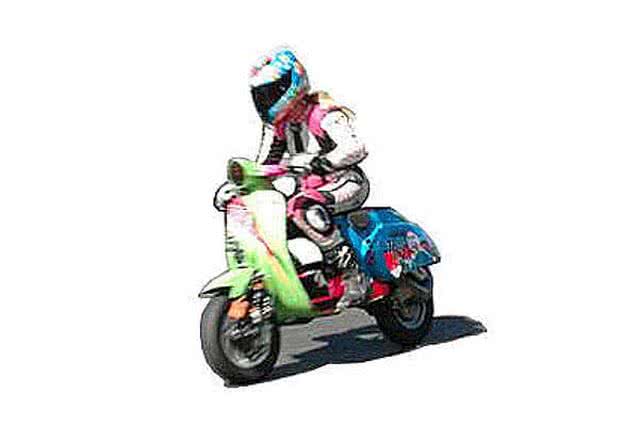
The Smallframe Frame
When Piaggio started developing a 50 cm³ scooter in the 1960s, engineers were tasked with designing a lightweight and small "Smallframe" frame based on previous knowledge.
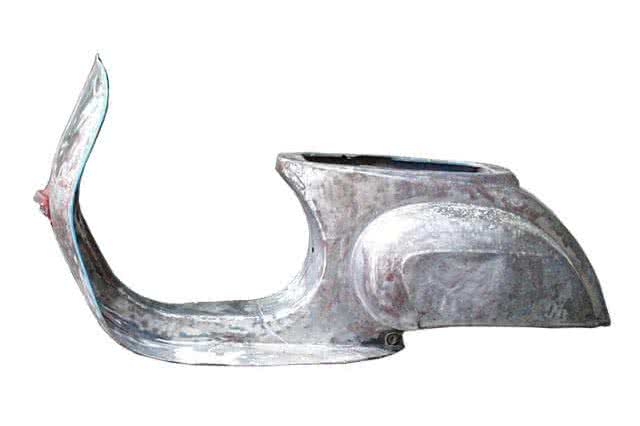
Unlike the chassis of the Largeframe like the Sprint and later models such as the Vespa PX, the frame of the Vespa 50 had the following differences:
- The Vespa 50 had a side cover instead of side panels, with the side cover on the 1st series being smaller initially and later enlarged in subsequent years to facilitate access to the engine during maintenance.
- The Vespa 50 had a significantly lower overall weight,
- it lacked a spare wheel holder, and
- the leg shield width was considerably narrower.
The main feature of the Smallframe frame was also its monocoque construction. Its technical sophistication and timeless beautiful form still captivate today.
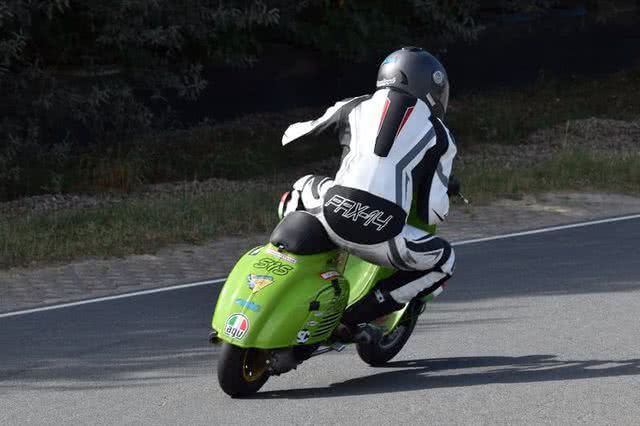
The Vespa 50 Engine
The V50 engine was a new development based on the engine concepts of its predecessors but also had many fundamental changes. The fan-cooled engine was protected from overheating, unlike the engines cooled only by the airstream, even in city traffic with lots of stop-and-go.
The clutch was moved from the crankshaft to the layshaft, so it no longer had to withstand the crankshaft speeds. However, the concept of the rotary valve remained intact.
The cylinder was offset by 45° and had the exhaust port to the rear. Furthermore, the exhaust systems on the Smallframe engine were fitted with a flange.
The concept of the gearbox changed fundamentally. While the Largeframe models had a sideway gear selector, the Vespa 50 used a gear selector fork system, which shifts gears via a shifting claw / fork. The technical implementation of the V50 has proven to be extremely durable.
The relocation of the clutch to the layshaft also increased durability because the mass of the clutch no longer had to withstand the full speeds of the crankshaft but only speeds reduced by the primary gear.
Unfortunately, the crankshaft bearings were not designed for high performance.
The upper connecting rod bearing was only equipped with a copper bushing. Only the later Smallframe Vespa PK models were equipped with a needle bearing.
Fortunately, the original crankshafts could be replaced, for example, with Mazzucchelli crankshafts. Mazzucchelli offers a wide range of crankshafts for classic Vespa scooters, whether for Smallframe or Largeframe, whether short stroke, long stroke, racing crankshaft, full crankshaft, etc.
A special feature of the Vespa Smallframe engines is that the engine blocks of the individual series from 50 cm³ to 125 cm³ all have the same engine case and can accommodate various crankshafts, cylinders, and primary gears.
The Chassis
The chassis of the Vespa 50 was changed several times by Piaggio over the years. While the swingarm, steering column, and shock absorbers remained unchanged over the years, there were multiple technical changes to the brake drums and rims. However, it was always suitable only for a smooth driving style.
Although the swingarm was detachable from the steering column and thus allowed for easy replacement of the needle bearings, the shock absorber dived very deep during braking due to the angle of the swingarm, which quickly overwhelmed the chassis. Better shock absorbers could alleviate the problem to some extent but could not be completely resolved due to design constraints. For a sporty driving style, modified steering columns from later PK models were used in later years in the Vespa scene.
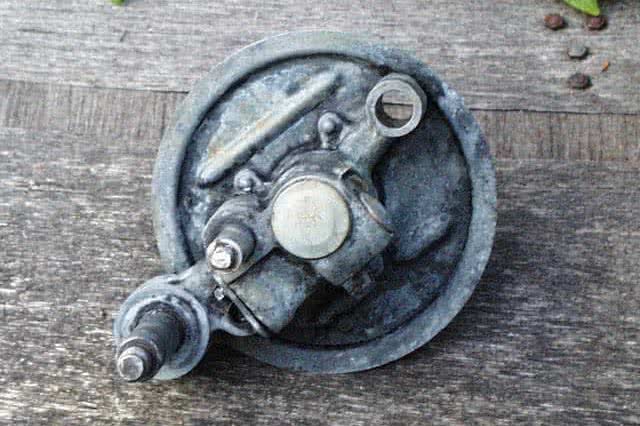
The early models initially had closed rims with a 4-hole mounting and a rim size of 9 inches. Piaggio changed the brake drum mount, allowing easier brake maintenance. For the modified drum, 9" rims were produced in an open design but still mounted at four points. Only later did Piaggio produce 10" rims with a 5-hole mount for the Vespa 50. The popular closed rims are now even available in 10 inches. Piaggio also adopted the concept of the open 5-hole rim for the later Vespa PK 50 S/XL.
All Vespa 50 / 125 Models at a Glance:
The first Vespa 50 was the "1st Series" and had some special features that set it apart from later Smallframe models. These included the short wheelbase, the small side cover, the strut in front of the tank, the bore for the cylinder base, the safety device on the primary gear, and several other details.
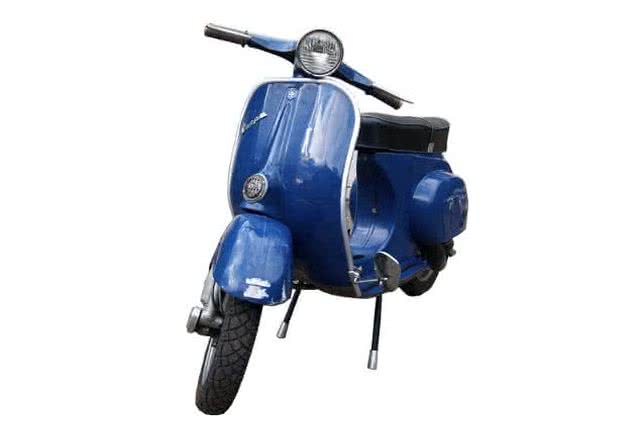
The Vespa 50 L was a round handlebar model produced for the Italian market with a metal nose. Special features included the applied lettering.
The Vespa 50 Special (Ital.: Special) had a trapezoidal handlebar and a plastic cowl. For a short time, the V50 Special was also available with a trapezoidal handlebar with a metal nose - Piaggio apparently used what was still in stock. The V50 Special originally had a 6V contact ignition, which it shared with the Primavera 125. Later models had a 12V four-way indicator system. This ignition remained a contact ignition with a capacitor. The installed flywheel was heavy but could also be used for contactless ignition because it had overlapping magnets to trigger the pickup.
Vespa 50s manufactured for the German market usually had the abbreviation "N". The Vespa 50N was available with both round handlebars and metal cowlings and trapezoidal handlebars and plastic cowlings.

With about 430 units produced, the Vespa 50 Elestart was one of the least built models. This model was very similar to the Special. External distinguishing features included the also detachable side cover on the left side. Problems with spare parts availability and the low added value of the Dynastart starter motor brought joy to only a few enthusiasts.
The outstanding features of the Vespa 50/90 Supersprint are the narrow frame, the narrow fender, the chrome banana, the toolbox mounted between the steering head and the seat, and the spare wheel holder attached in the direction of travel. The Supersprints have become very expensive and are often replicated and offered as Supersprints. Normal V50 frames are used for the replicas, which are cut with tin snips and provided with a new bead. Therefore, when buying such a model, it is particularly important to pay attention and verify that the scooter offered is indeed a genuine Supersprint being offered for sale.

The Primavera 125 / PV was manufactured based on the Vespa 50. It had a larger round handlebar and usually a storage compartment in the side panel.
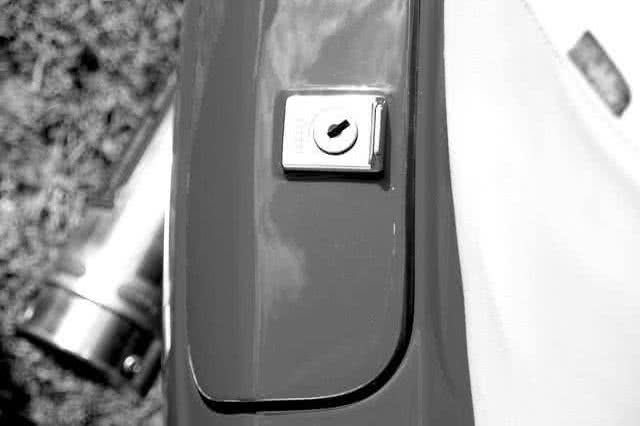
The ET3 was very similar to its successor Primavera 125. However, the ET3 has contactless ignition and one more transfer port in the cylinder base than the Primavera. Unlike the Vespa 50, the ET3 always had a storage compartment in the side panel.
The predecessor of the Primavera was the Nuova. Like the Vespa V50, it was equipped with a swan neck taillight.
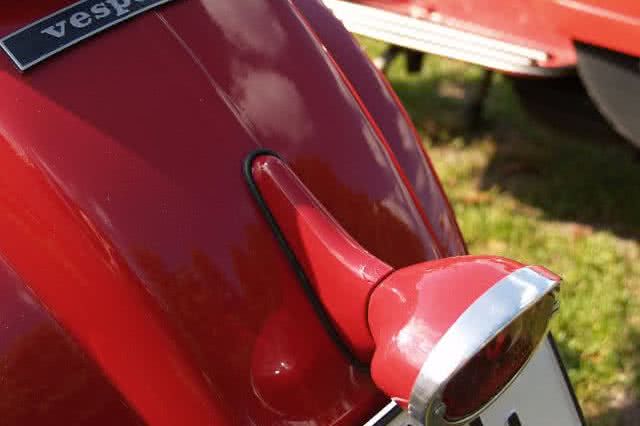
In the 1990s, the Primavera was manufactured in Japan as a reissue and occasionally found its way to Europe via export.
The Primavera was also available in a Spanish version with 75 cm³ as a licensed production by Motovespa. The engine components were designed differently for the Spanish models. Even the short-stroke models with 75cc differed from the German and Italian Vespa V50 with huge crankcase transfer ports.
The V50 Pedalo was a licensed production built in France with pedal drive.
